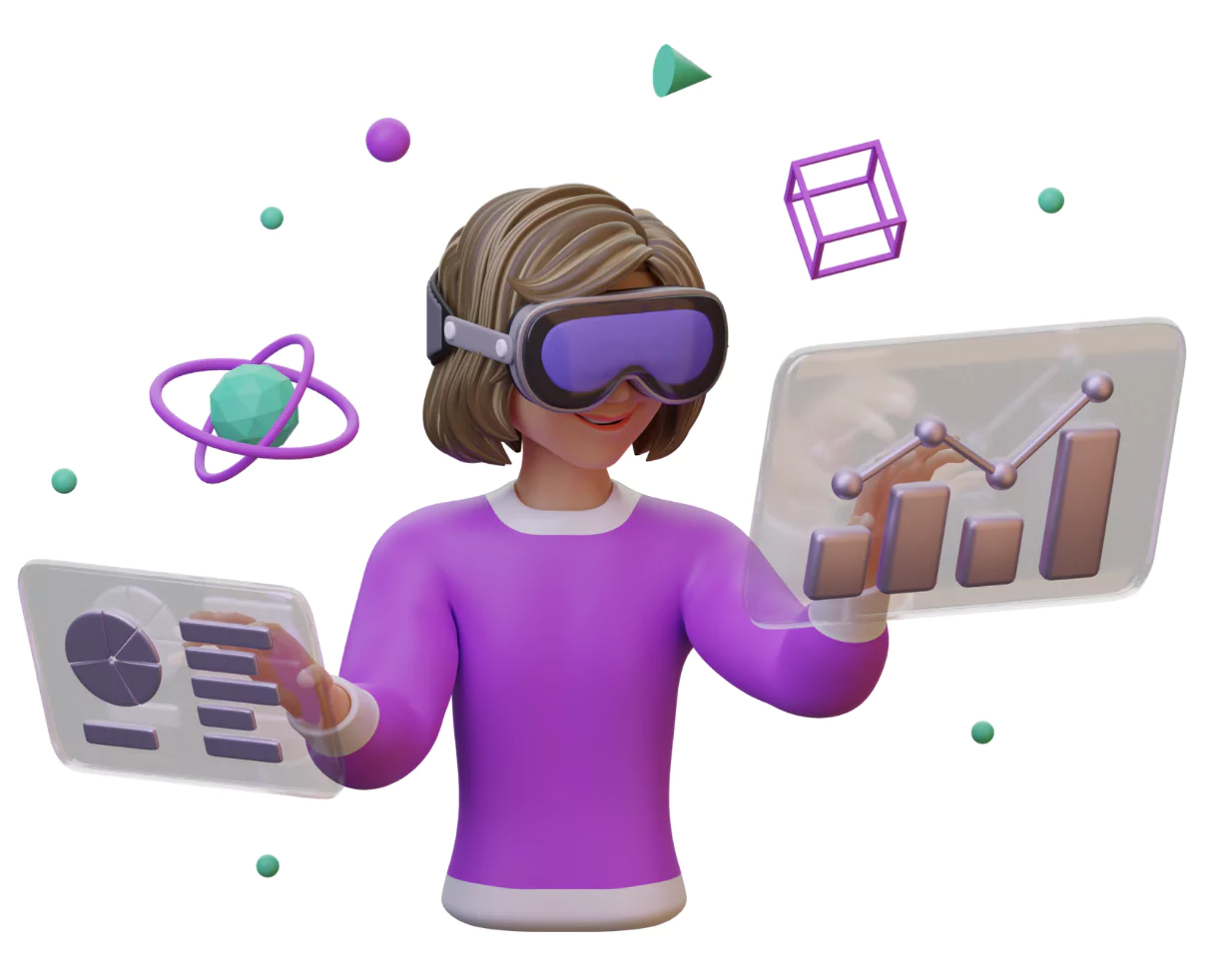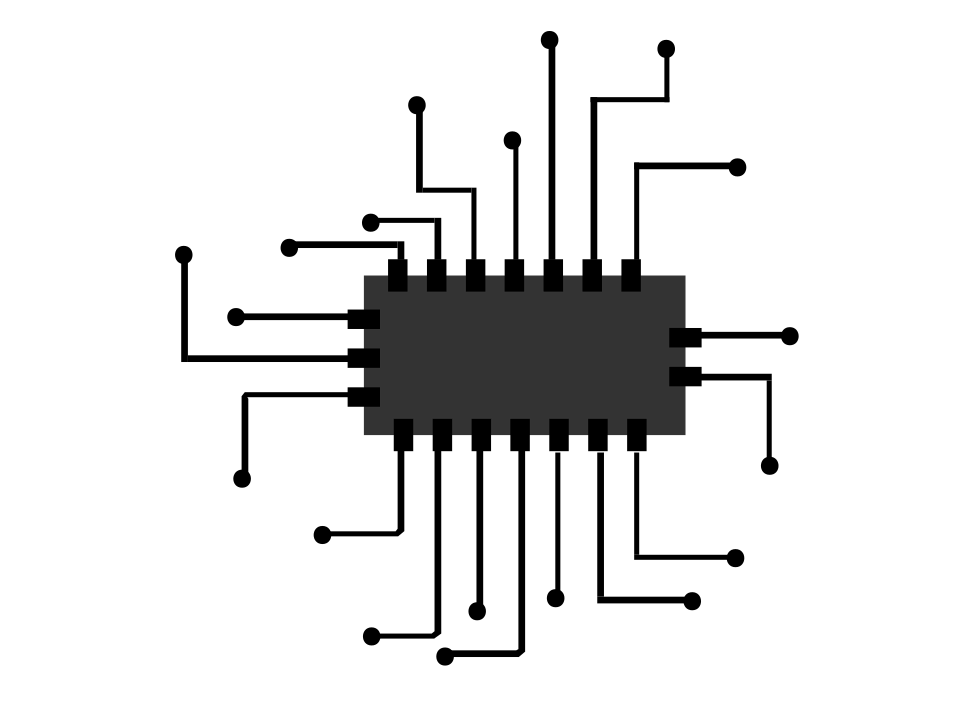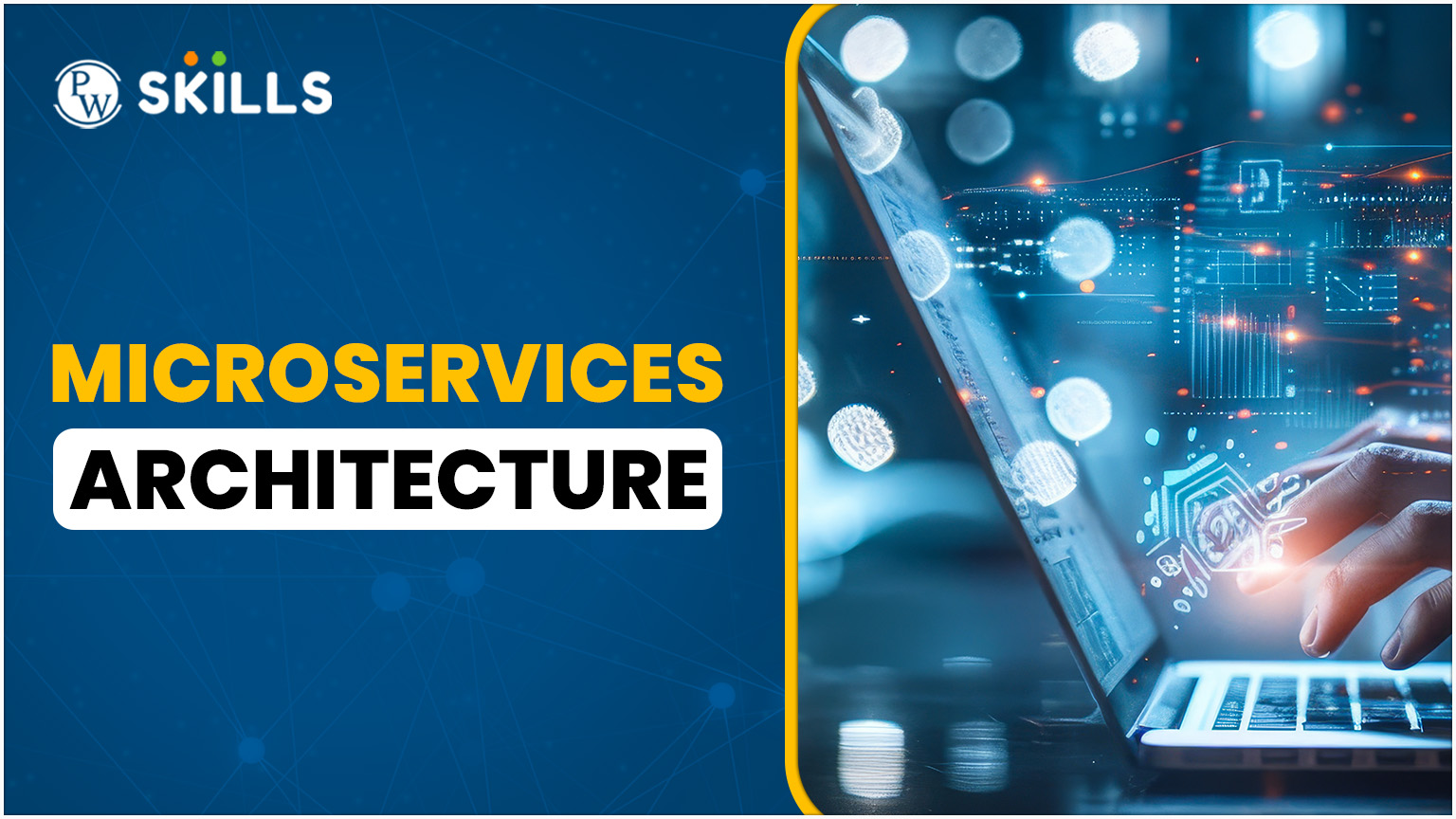Microservices Architecture forms an alternative approach to monoliths where instead of building a single large application microservice method, split it into multiple independent modules where each module is a microservice and design a part of the component of the application.
Each microservice has its own codebases and can be developed and deployed independently. It is responsible for one piece of business logic. For example, building user authentication or embedding search features. In this blog, let us learn more about the role of microservice architecture in software development.
What Is Microservice Architecture?
Microservices architecture is a software development approach where a software application is built using a collection of small and independent services working together. Each service is designated to perform a specific function and communicate with the other services using various protocols.

Suppose an e-commerce website consists of the following components given below.
- User Registration/Login
- Browsing products
- Shopping Cart
- Payments
- Order Tracking
Instead of building all these components at one time we can build, update and scale each of these services separately often by different teams. This is a microservice architecture approach in software development.
A Proper Definition of Microservice Architecture: By Google
We know that microservice approach is an alternative to monolithic where we basically break software development life cycle into number of components and work on each of them independently.
| “A microservice architecture is a type of application architecture where the application is developed as a collection of services. It provides the framework to develop, deploy and maintain microservices architecture diagrams and services independently. – Google |
A microservice architecture is also known as microservices which refers to the micro or separate methods of development of each service. A large part of the application is broken into smaller and independent components with each part independent of each other having its own specific responsibility.
Read More: Cracking First Java Interview: Tips and Tricks
Monolithic Vs Microservices Architecture: Differences Explained

Let us first get our eyes on the differences between two major approaches of software development i,e. Monolithic and microservices. The classical monolithic applications are built on a single page using a unified unit. Maintaining the application becomes complex as it grows.
While in Microservices the architecture breaks the application into different small parts based on their services. Each microservice can act independently having its own code, data and dependencies.
| Monolithic Architecture | Microservices Architecture |
| It consists of a single and unified codebase. | It consist of multiple independent services |
| Entire application in monolithic architecture is deployed as one unit | Each service in microservice architecture can be deployed independently |
| It is hard to scale specific features or you will need to scale the whole app | In Microservices, applications are easily scalable per service. |
| It is slower for large teams and difficult code management | This approach is faster with parallel development by small teams |
| It is typically uses a single tech stack | Different services can use different languages, databases, frameworks |
| A bug in one part can crash the entire application in a Monolithic approach. | Failures in microservice architecture are isolated to specific services |
| Codebase becomes large and complex over time | Code bases are easier to maintain and each service is smaller and simpler |
| Only slower testing is possible which must test the whole app | In Microservice approach faster testing is possible with test individual services |
| It consists of centralized teams | It consists of many decentralised, independent teams |
| It is easier to set up and start | It is a more complex infrastructure (APIs, service discovery, etc.) |
| It may perform better for small apps due to fewer network calls | It becomes slight overhead due to service communication (network latency) |
| This approach is best for small to medium-sized apps with limited scaling needs | This approach is ideal for large, scalable, cloud-native applications |
Which One Is Better? Benefits of Microservice Architecture

Both the monolithic architecture and microservice architecture have their own use case and condition where they are needed. When you are working on small applications then choosing monolithic is the best approach but when you are using microservices to build complex and scalable applications with multiple components then you might need Microservices architecture. Let us highlight some of the major benefits of Microservices architecture below.
- With a microservice architecture approach you can develop, test and deploy components on its own independent of each other. It promotes faster release and deployment time.
- Each service developed using microservice architecture is scalable independently based on the uses and demand. This helps in optimising resource usage as well as reducing costs at the same time.
- A failure in one component or part of the software application won’t crash the entire system. It increases the reliability and reduces the failure or system shutdown time of applications.
- Each team can use their preferred programming languages, databases, and framework for each service they develop. This will allow the best use of the tools for specific jobs.
- Teams working on smaller codebases can deliver results and updates independently in less amount of time. It encourages innovation, accountability and responsibility.
- Smaller code bases can easily be reused across multiple projects and products. It saves development time and avoids duplication.
- It also allows for easier testing and debugging as services are independent and distributed testers can easily debug any error or bugs in the program. It enables unit and integration testing at service level without the need to test the complete application.
These are some of the best benefits when using microservices architecture for long complex projects.
Examples of Microservices Architecture

Many organisations in various industries are adopting the microservices architecture to address the business challenges and provide proper solutions with innovation.
1. E-Commerce
Many ecommerce platforms use microservices architecture to manage different real world problems and manage order processing, customer accounts, order processing, shopping cart and more. With microservice architecture you can easily improve customer experience and deploy new features.
2. Streaming Services
Many OTT platforms rely on microservices architecture to handle complex tasks such as content delivery, user authentication, recommendation engines, and more. This help deliver high quality streaming experiences to users on the device.
3. Financial Services
Financial organisations use microservices architecture for risk management, fraud detection, payment deduction, and more. This help you respond quickly to changing market conditions following regulatory requirements.
4. Amazon
Amazon is an e-commerce giant which uses microservices by splitting monolithic applications for payment, product, catalog, and order management. Each microservice can easily be owned by separate teams and scaled based on need.
5. Spotify
Spotify is a music streaming service where it uses microservice for user playlists, search and recommendation engine. It is also used in ad delivery and more. With microservices you can perform quick iterations on specific features like podcast delivery and social sharing.
6. LinkedIn
LinkedIn is a professional networking site managing feeds, messaging, search, ads, and analytics as separate services. It helps in enhancing the job referrals response, personalised content delivery and with feature experimentation.
What Roles Does Java Play In Microservices Architecture?
Java provides several frameworks and tools used to design microservices development where it uses multiple frameworks below.
- Spring Boot: The most popular java framework for creating production ready microservices easily.
- Spring Cloud: It adds tools for providing service discovery, circuit breakers, and more.
- Quarkus: It is designed for cloud native and kubernetes environments, also fast and container delivery.
Java enables the creation of RESTful APIs using its in-built libraries like Spring MVS or JAX-RS. APIs allow microservices to communicate with each other and with the client applications. Frameworks like spring are used to promote modular, decoupled code ideal for microservices.
Java supports HTTP Clients, Messaging systems, and gRPC for fast binary communication between services. Java applications can be packaged as docker containers which is perfect for deploying microservices to cloud platforms. Java also ensures security using multiple frameworks providing authentication and authorization.
Read More:
- Java Native Interface Explained: 14 Outstanding Components to Know
- 7 Key Concepts to Master Java Concurrency: A Human-Centric Tutorial
- Java Collections Framework: A Beginner’s Guide
- What Is Core Java?
Learn About Java Programming Language With PW Skills
Sharpen your programming skills in Java programming language and become a proficient Java developer with the Decode DSA Course With Java self paced course by PW Skills. Get in-depth learning with industry led live sessions and pre-recorded tutorials provided by dedicated mentors and start practicing your concepts simultaneously.
Get real world projects, practice exercises, module assignments, doubt support and much more with this self paced course. Become a certified Java expert and get a wide range of career opportunities with Java only at pwskills.com
Perks of Decode DSA With Java Course
- Get interactive live sessions directly from the industry mentors.
- Create a strong and interactive job portfolio with exceptional skills and experiences.
- Get career assistance and prepare for interviews with guidance and opportunities to showcase skills and experience.
- Build connections and network with like minded learners to exchange ideas and experiences.
- Learn the practical uses of Java programming languages along with its libraries.
- Build a strong concept using practice exercises and module level assignments within this course.
- Get hands on training with our real world capstone projects within this course.
- Get industry recognised certificates from PW Skills and discover a wide range of opportunities in the design field.


